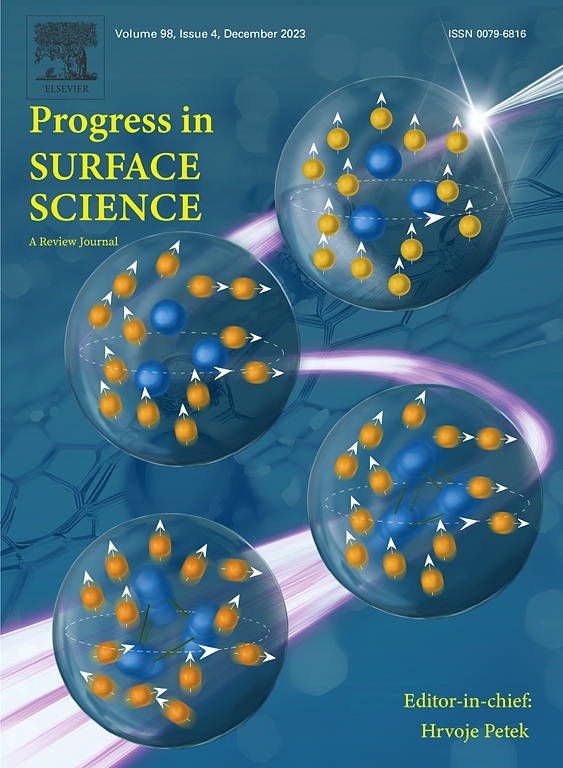Unveiling the exciton formation in time, energy and momentum domain in layered van der Waals semiconductors
IF 7.2
2区 工程技术
Q1 CHEMISTRY, PHYSICAL
引用次数: 0
Abstract
Resolving the early-stage dynamics of exciton formation following non-resonant photoexcitation in time, energy, and momentum is quite challenging due to their inherently fast timescales and the proximity of the excitonic state to the bottom of the conduction band. In this study, by combining time- and angle-resolved photoemission spectroscopy with ab initio numerical simulations, we capture the timing of the early-stage exciton dynamics in energy and momentum, starting from the photoexcited population in the conduction band, progressing through the formation of free excitons, and ultimately leading to their trapping in lattice deformations. The chosen material is bismuth tri-iodide (BiI), a layered semiconductor with a rich landscape of excitons in the electronic structure both in bulk and in monolayer form. The obtained results, providing a full characterization of the exciton formation, elucidate the early stages of the physical phenomena underlying the operation of the ultrafast semiconductor device.
揭示层状范德华半导体中激子在时间、能量和动量领域的形成
解决非共振光激发后激子形成的时间、能量和动量的早期动力学是相当具有挑战性的,因为它们固有的快速时间尺度和激子状态接近导带的底部。在本研究中,通过将时间和角度分辨光谱学与从头算数值模拟相结合,我们捕捉到了能量和动量的早期激子动力学的时间,从导带中的光激发居群开始,经过自由激子的形成,最终导致它们在晶格变形中被捕获。所选择的材料是三碘化铋(BiI3),这是一种层状半导体,在电子结构中具有丰富的激子,无论是块状还是单层形式。所获得的结果,提供了激子形成的完整表征,阐明了超快半导体器件运行的物理现象的早期阶段。
本文章由计算机程序翻译,如有差异,请以英文原文为准。
求助全文
约1分钟内获得全文
求助全文
来源期刊

Progress in Surface Science
工程技术-物理:凝聚态物理
CiteScore
11.30
自引率
0.00%
发文量
10
审稿时长
3 months
期刊介绍:
Progress in Surface Science publishes progress reports and review articles by invited authors of international stature. The papers are aimed at surface scientists and cover various aspects of surface science. Papers in the new section Progress Highlights, are more concise and general at the same time, and are aimed at all scientists. Because of the transdisciplinary nature of surface science, topics are chosen for their timeliness from across the wide spectrum of scientific and engineering subjects. The journal strives to promote the exchange of ideas between surface scientists in the various areas. Authors are encouraged to write articles that are of relevance and interest to both established surface scientists and newcomers in the field.
 求助内容:
求助内容: 应助结果提醒方式:
应助结果提醒方式:


